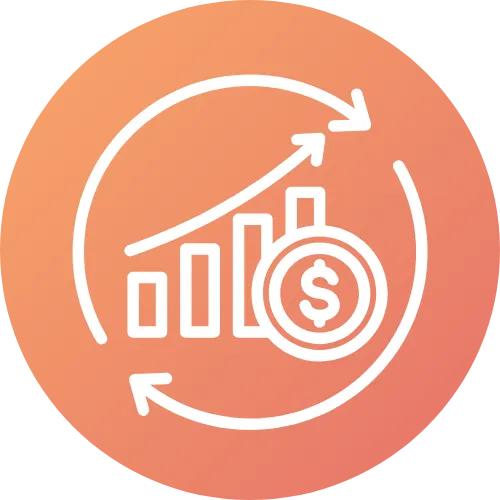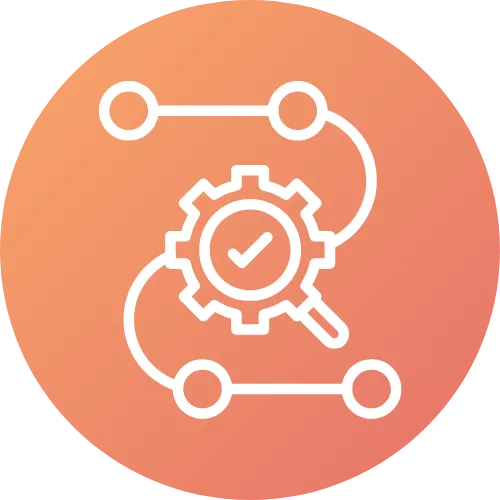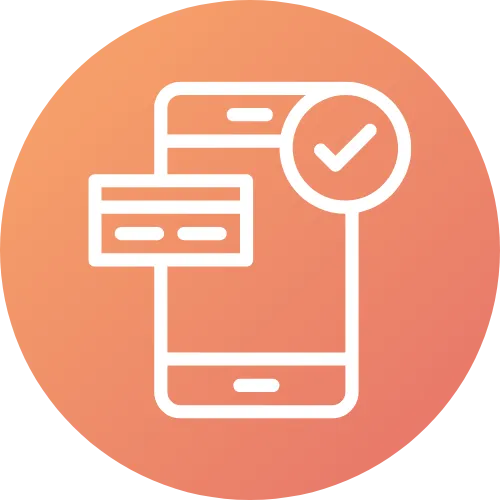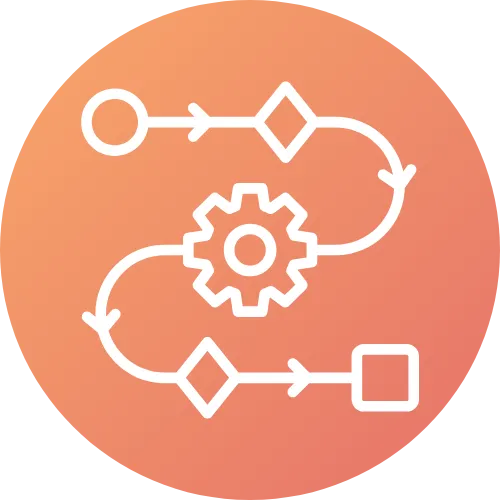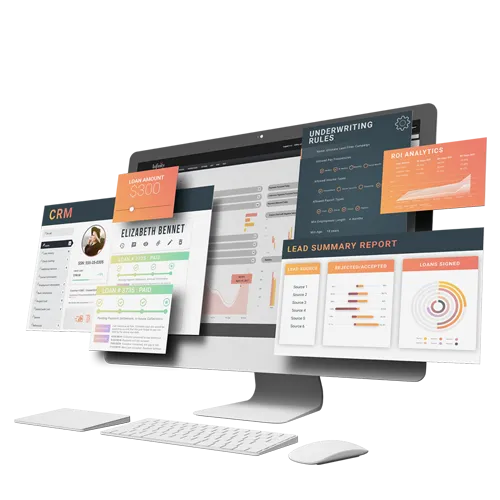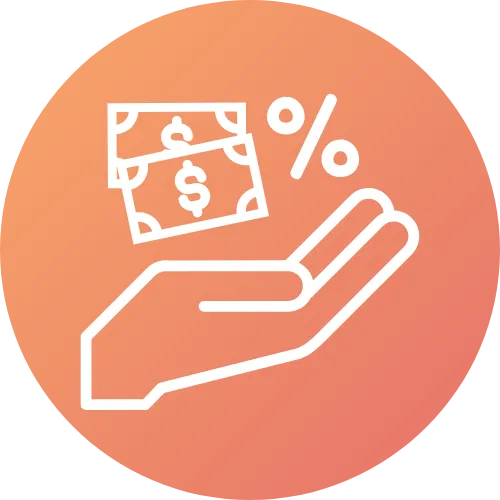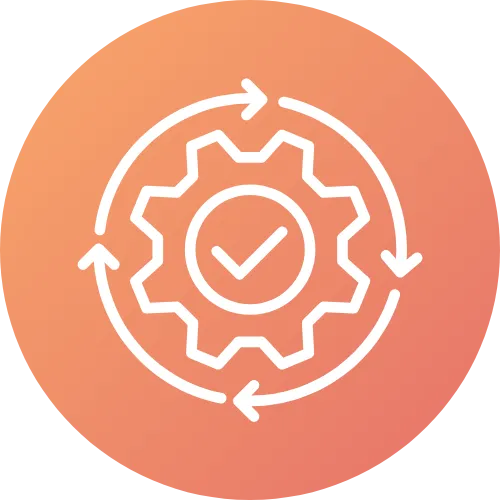
Ultimate Guide to New Loan Product Creation
Creating a new loan product can mean a new income stream for your loan business. However, the problem is that most lenders don't know where to start when it comes to configuring a new loan. Does it mean that your underwriting process needs to change? Or what about those loan payments and tying it all into your overall process?
The good news is that the financial industry creates new loan products often and for all sorts of reasons and uses. The bad news is that the wrong loan product could end up costing you more money than it's worth, or open you up to risk that you weren't prepared for. But for those who want to expand their offering and give their customers and borrowers a new way to qualify for a loan or better terms on a loan, indeed, you don't have to always offer the same loan configurations that you've always offered.
Steps to Creating a New Loan Product
Conceptualize the New Loan Product
The first step in creating a new loan product is to identify a need and conceptualize a loan product that can fill that need. Indeed, loan product ideas can come from anywhere, such as a certain type of customer that may have difficulty qualifying for a particular loan or if, say, your customers are looking for a more convenient way to pay such as more frequent payments. Whatever it is that you identify, there must be an existing need because otherwise, you could be putting a lot of time and money into something that may never pay off.
Develop the New Loan Product
Once you have an idea in mind, the next step is to develop the product. Creating a new loan product is a serious undertaking, and you'll have to ensure that at each step of the way, everything is being done to ensure the integrity and quality of the product, lest you inadvertently create a loan category configuration that doesn't work for your loan business or your borrowers. But if you can run the numbers over and over and show that there's substantial profit to be made, you could have a winner on your hands.
Play by the Rules
No matter what kind of new loan product you intend to create, it's vitally important that you play by the rules and abide by all regulatory and legal requirements. For example, you may need to provide additional guidance to borrowers if your loan configuration is too complex, which could skew your profit margins and turn that excellent idea into a dud. All that regulation is to protect the consumer from ending up with a loan product that they may not understand, putting much of the burden on uninformed borrowers. Generally, you'll probably want to have an attorney review your product to ensure that it abides by all applicable laws and regulations.
Develop the Forms and Paperwork
After creating a new loan product that abides by all necessary regulations and laws, the next step is to develop all the assets and workflows that you'll need for a successful roll-out. You may know exactly how your loan configuration will work, including when payments are due and the total length of the loan, but that doesn't mean that you can ignore all the details. Not only do you need to develop all the forms and paperwork needed for your new loan product configuration, but you'll also have to ensure that your backend system works seamlessly with the new product and has all the necessary steps ironed out. On the business end, you'll want to ensure that your risk management is dialed in so that you don't inadvertently introduce any new issues with the rollout of your new product.
Register Your New Loan Product With the Proper Authorities
Before you can offer your new loan product to consumers, you may have to register it with an appropriate regulating body. They won't be reviewing your new loan configuration for viability, but you may be judged for how transparent the process is and whether borrowers understand the product. Either way, you'll need some kind of prospectus or documentation that outlines the new loan product you're creating, as well as how you plan to educate consumers who are interested or who qualify to use it.
Get Your New Loan Product Out There
Now that you've created a new loan product, you need to spread the word. After all, if no one knows that your new loan product exists, they won't be able to take advantage of your clever loan configurations. But in addition to making your clients and customers aware of the benefits of your new loan product, you'll also have to educate your loan advisors and take the time to explain to consumers what's different about this product and how the loan payment process may differ. While you may have spent a lot of time configuring those loan payments and ensuring that it all works for your business, you'll have to assume that your customers may have no prior knowledge and that they'll need assistance and help during the process.
Launch the Product
Once you have that new loan product fully integrated and ready to go, it's time to officially launch. Odds are you've spent quite a bit of time and money on conceptualizing, designing, and developing your new loan product, and now's the time to set it free to the world. But whether you integrate your new loan product with a bang or by merely rolling it into your offering, there should be some push behind it. You could always wait until your customers notice it, but odds are you'll need to call some attention to the new product so that customers have a chance to realize the benefits. That can happen in your sales funnel, via your loan agents, on your website, or during the loan application process itself ("Did you know...").
Key Loan Features To Consider
In addition to the above, there are four main loan configurations that you'll have to keep in mind before you can successfully create a new loan product and offer it to consumers. They are tenor, rate, installment, and plafond.
Tenor (Loan Term)
Tenor, or term, is basically how long the loan lasts. Some loans may only last weeks, while others may last months or years -- many types of loans actually last decades such as student loans and mortgages. In general, the longer the loan term, the higher the risk. That's why most lenders try to shorten the loan term if they can help it, but that also depends on the consumer and whether or not they'll be able to pay back the loan in such a short time period.
Rate (Interest Rate)
Rate is the interest rate, typically defined as either an annual percentage rate on any remaining balance or a flat rate that is due when the loan matures. While the interest rate may change according to risk and profitability, rates may also climb if the process relies on pen and paper and other manual methods that are resource-intensive.
Installment (Payment Structure)
Installment refers to the payments that are due and governs how much is being paid and how many payments will be made. Some loans may require weekly or monthly payments, while others may only have defined payments at certain times of the year or even one payment paid in bulk at the end of the loan term. Consumers typically prefer more frequent loan payments spread out over a shorter period as less is due at each milestone and the accrual of interest will happen more slowly, though for business reasons you may want to have shorter payment schedules and a lesser number of installments to reduce the burden on your resources and to maximize profits.
Plafond (Loan Ceiling)
The last loan feature to consider when creating a new loan product is the plafond, which is the ceiling or size of the loan. Balancing this with the installment, rate, and tenor will give you the ideal sweet spot that represents the best positioning of your loan product. Larger loans will increase your risk while smaller loans may not yield enough profit depending on the rate to be a benefit.
New Loan Products and the Underwriting Process
Even if you're able to create a new loan product, integrate it into your workflow, and get your staff on board, you'll still need to define the criteria for assessing and scoring loan applicants. This is called underwriting, and it's how lenders decide who to lend to and how much can safely be lent.
For the most part, there are three main criteria to consider in the underwriting process: verifying the identity of the applicant, checking their ability to pay and their payment history or their willingness to pay. The creation of a new loan product represents a significant undertaking on behalf of the lender, and each piece is an important part of ensuring that a loan can be safely made. In addition to using provided materials as part of the application, lenders also often use other sources of data such as credit scores, income, and asset records, as well as a robust history of paying previous loans in full and on time.
With all this information in place as part of a comprehensive system, lenders are able to evaluate and make the right decision for any applicant, and that can prevent costly defaults and other issues.
For more help in creating a new loan product and tweaking the loan configurations of any financial product that your lending business offers, consider leveraging the power of automation. With a custom loan management software solution, you'll be able to better serve your existing customers and increase your ability to bring on more customers, all while spending less time and money on doing so. To learn more, request a demo today!

